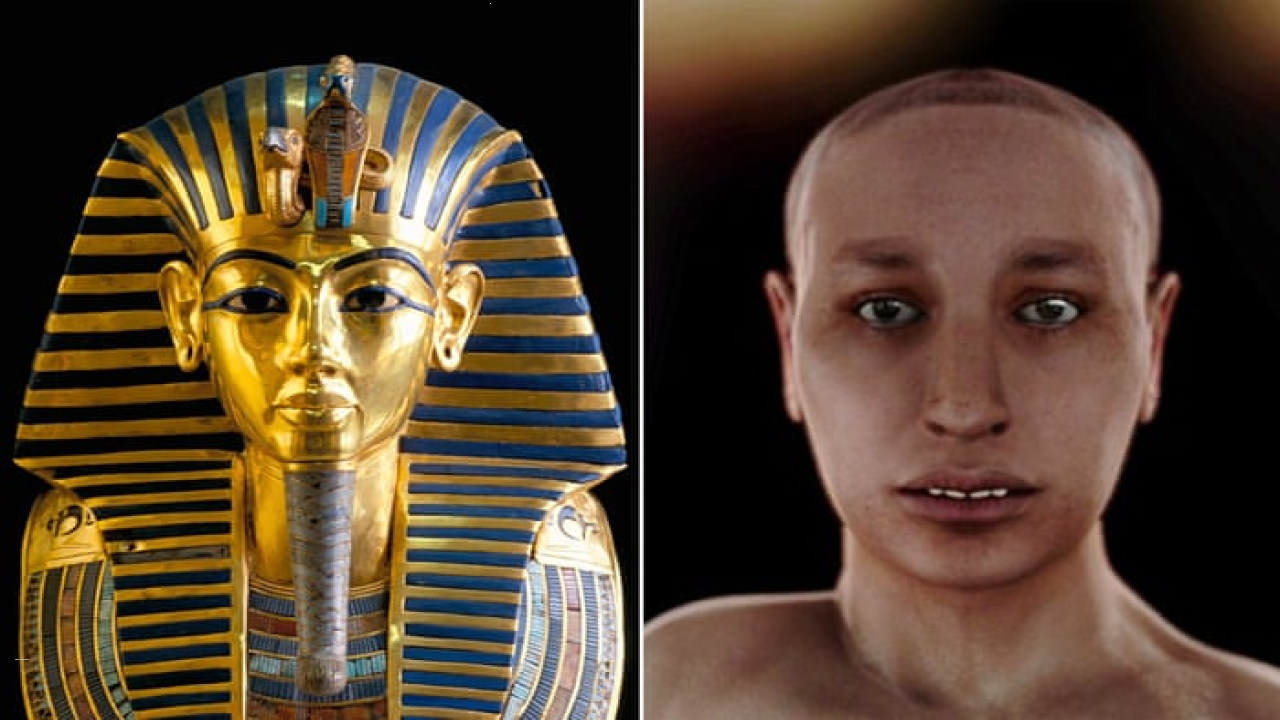Reconstructing the Face of King Tutankhamun
The ancient pharaohs of Egypt have long fascinated the world with their rich history and enigmatic personas. King Tutankhamun, a prominent figure in ancient Egyptian civilization, has captured the imagination of historians and archaeologists for centuries. Recently, scientists embarked on a groundbreaking study to reconstruct the face of this legendary pharaoh after 3,300 years.
The Remarkable Reconstruction
A recent study published in the Italian Journal of Anatomy and Embryology has unveiled the reconstructed face of King Tutankhamun. Collaborating teams from Australia, Italy, and Brazil worked diligently to recreate the visage of this ancient pharaoh. Using a digital model of his mummified skull, the researchers employed advanced techniques to breathe life into the face of Tutankhamun, offering a glimpse of how he may have appeared during his reign.
Overcoming Challenges: The Missing Puzzle Pieces
Reconstructing King Tutankhamun’s face presented a unique set of challenges for the research team. The lack of direct access to the pharaoh’s head made the task incredibly demanding. However, the researchers successfully utilized prior studies’ documents, which included valuable references to skull measurements and photographs of King Tutankhamun. Through meticulous detective work, they pieced together these fragments of information to create a three-dimensional model of the pharaoh’s skull.
Tutankhamun’s Historical Legacy
Tutankhamun’s reign, which began when he ascended to the throne around the age of nine, was brief but eventful. As a part of the 18th Dynasty of ancient Egypt, he accomplished significant milestones during his short life. Tutankhamun’s historical legacy is closely intertwined with Egypt’s rich heritage and serves as a testament to the power and influence of pharaohs in the ancient world.
The Ramses II Sarcophagus: A Separate Revelation
In a separate unveiling, the sarcophagus of another renowned pharaoh, Ramses II, captured the attention of the public. The ornate coffin, considered exceptional in its craftsmanship, was displayed in Paris after being transported from Egypt. The loan of the sarcophagus to France is a result of unprecedented cooperation between the two countries, recognizing the assistance provided by French scientists in preserving the mummy of Ramses II during a previous visit.
Month: Current Affairs - June, 2023
Category: Science & Technology Current Affairs


